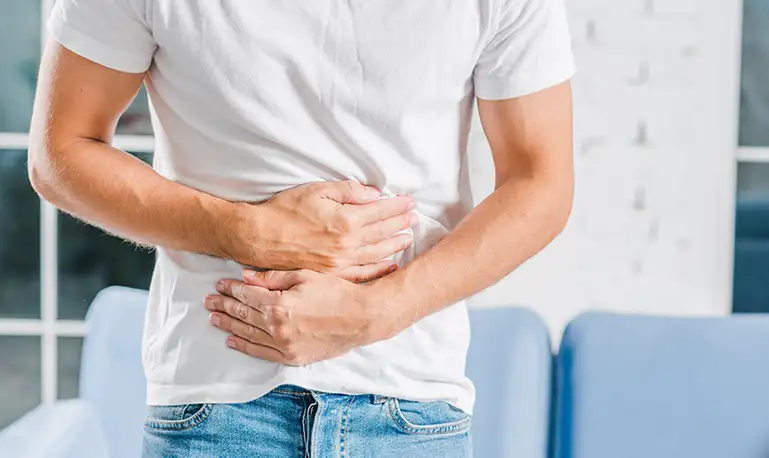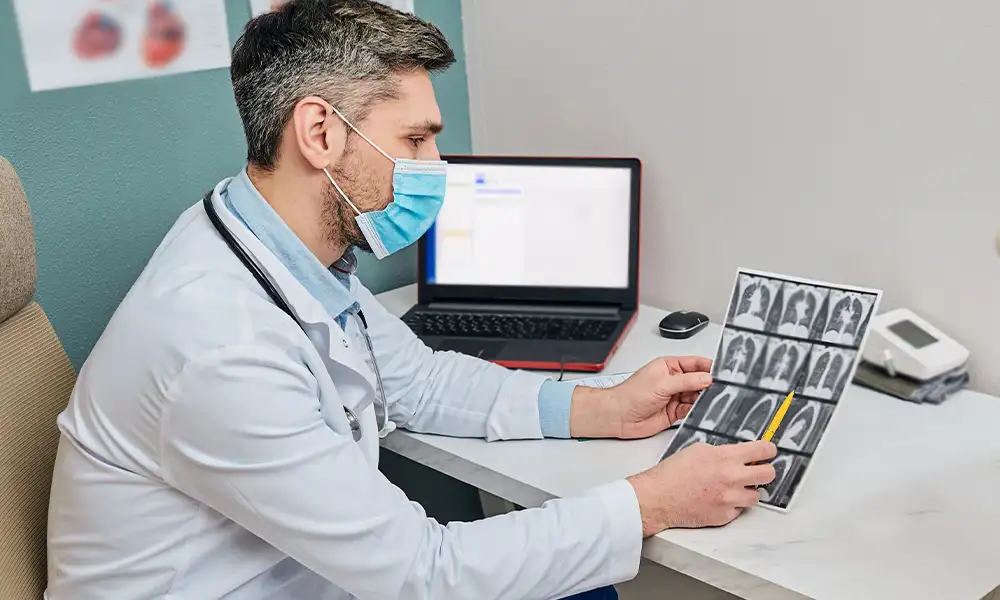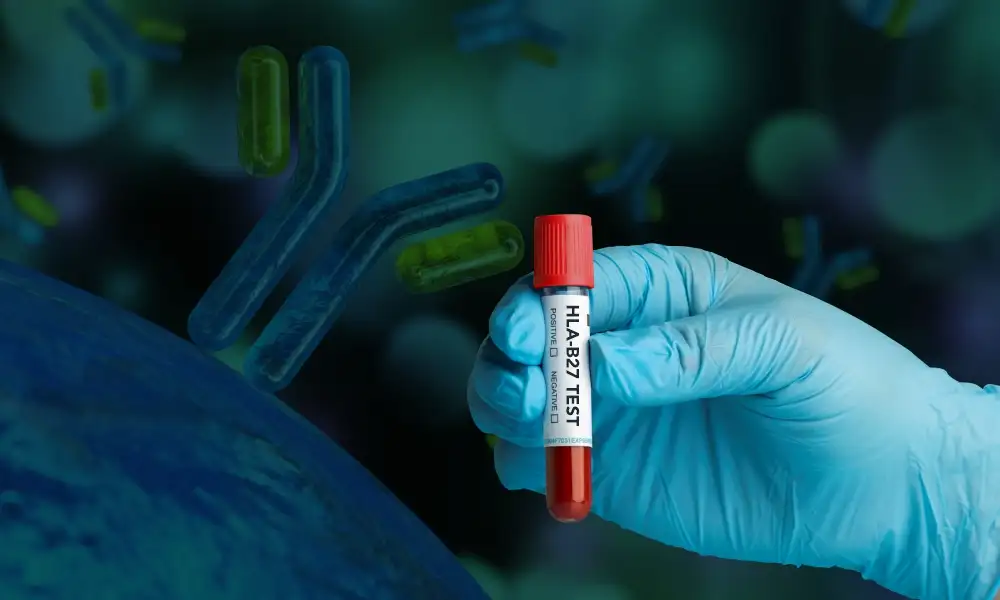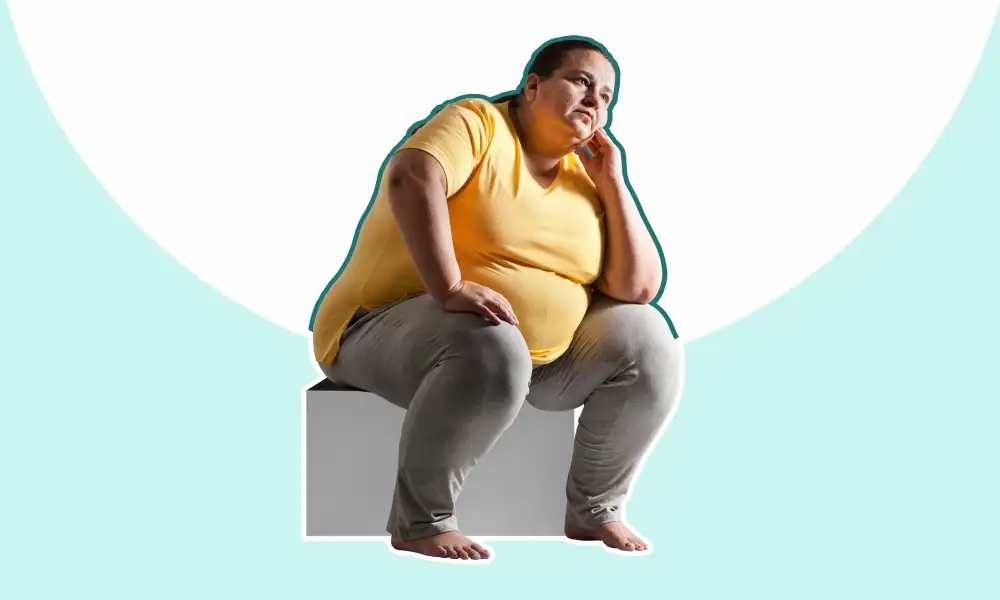Importance of Bone Mineral Density Testing
- January 10,2022
- 2 Min Read
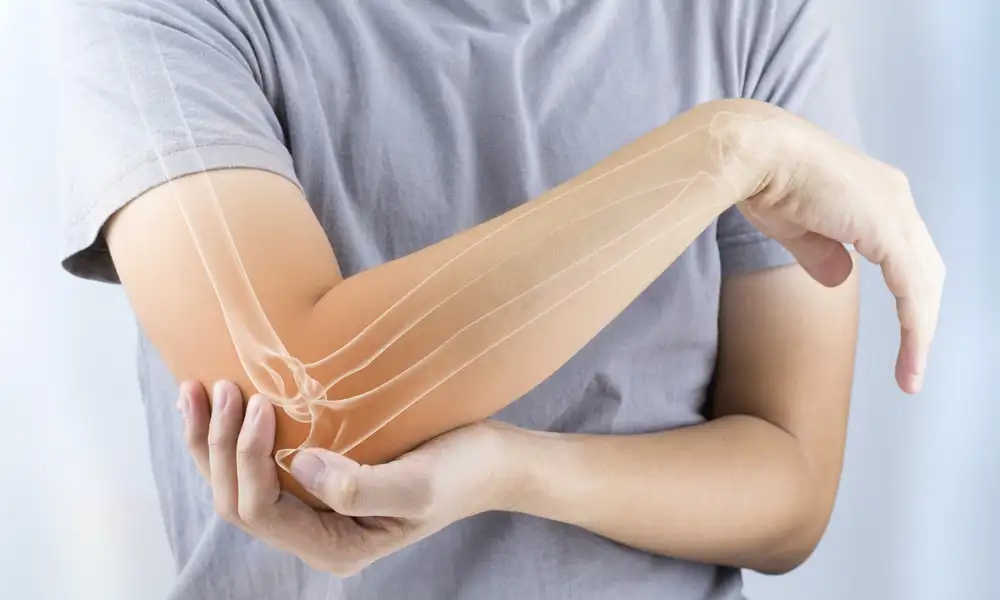
For a healthy body and a healthy mind, we need healthy bones at the core! Osteoporosis is a bone defect caused by the deterioration of the bone tissues. Osteoporosis causes the bones to lose their mineral density (become fragile) to an extent where even a minor fall or bump may result in a fracture.
Risk factors for osteoporosis:
- Sedentary lifestyle
- Smoking or drinking
- Early menopause
- Underweight/ reduced nutritional content
- Family history of osteoporosis
- Increased fractures after 50 years of age
- Loss of height or stooped posture
- Conditions like diabetes, rheumatoid arthritis, cancer, or digestive ailments
- Excessive use of steroids – glucocorticoids
Bone mineral density testing:
A bone mineral density (BMD) test, detects whether you have osteoporosis. The test is painless and quick. It estimates how dense or thick your bones are by using x-rays.
Reduced bone density in men and women:
Suburban Diagnostics conducted a study on 4,500+ adults who had their BMD test done over the past 6 years. Our findings are shown in the two graphs below:
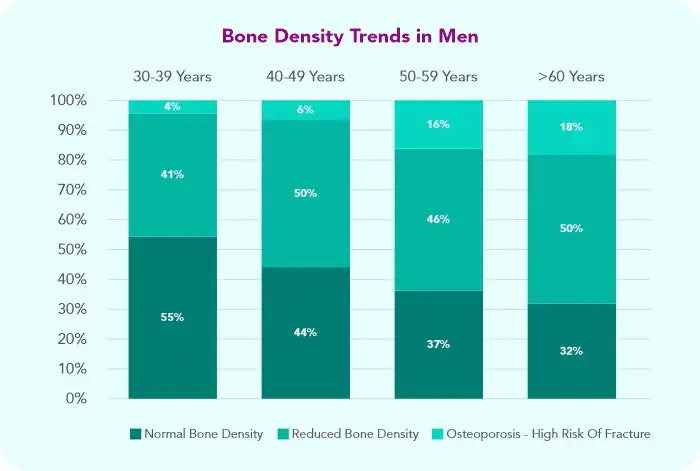
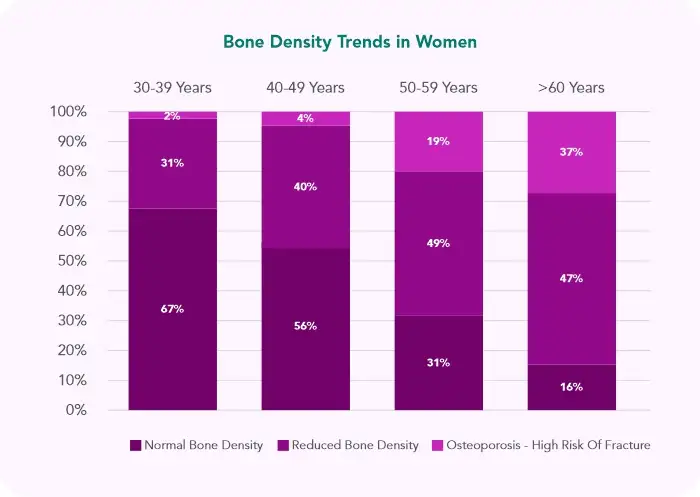
As you can see, both men and women have reduced bone density as early as in their 30s. A higher proportion of men had low bone density in the 30-39 and 40-49 age groups compared to females in the same age groups.
The vast majority of women experienced a significant drop in bone density post their 40s.
Tips for healthy bones:
- Be proactive and get tested for bone density
- Make your diet rich in nutrients that keep your bones healthy
- Ensure consumption of vitamin D, calcium, and proteins for improving bone health
- Engage in regular exercises like muscle-strengthening, balance training, and weight-bearing
- Maintain a healthy weight
- Quit sedentary lifestyle, smoking, and drinking
Osteoporosis can be seen even in the 30s and 40s age groups, not just in the elderly.
Osteoporosis and broken bones impart serious health concerns with their debilitating pain and disabilities. However, with the early detection and right treatment, the ill effects might be reversed.
Make your health a priority!
Want to book a test? Fill up the details & get a callback
Most Viewed
Premarital Health Screening
- 20 Min Read
Typhoid - Signs and Symptoms
- 3 Min Read
Home Isolation Guidelines - Covid-19 Care
- 5 Min Read
HLA B27 Detection: Flow Cytometry & PCR
- 1 Min Read



